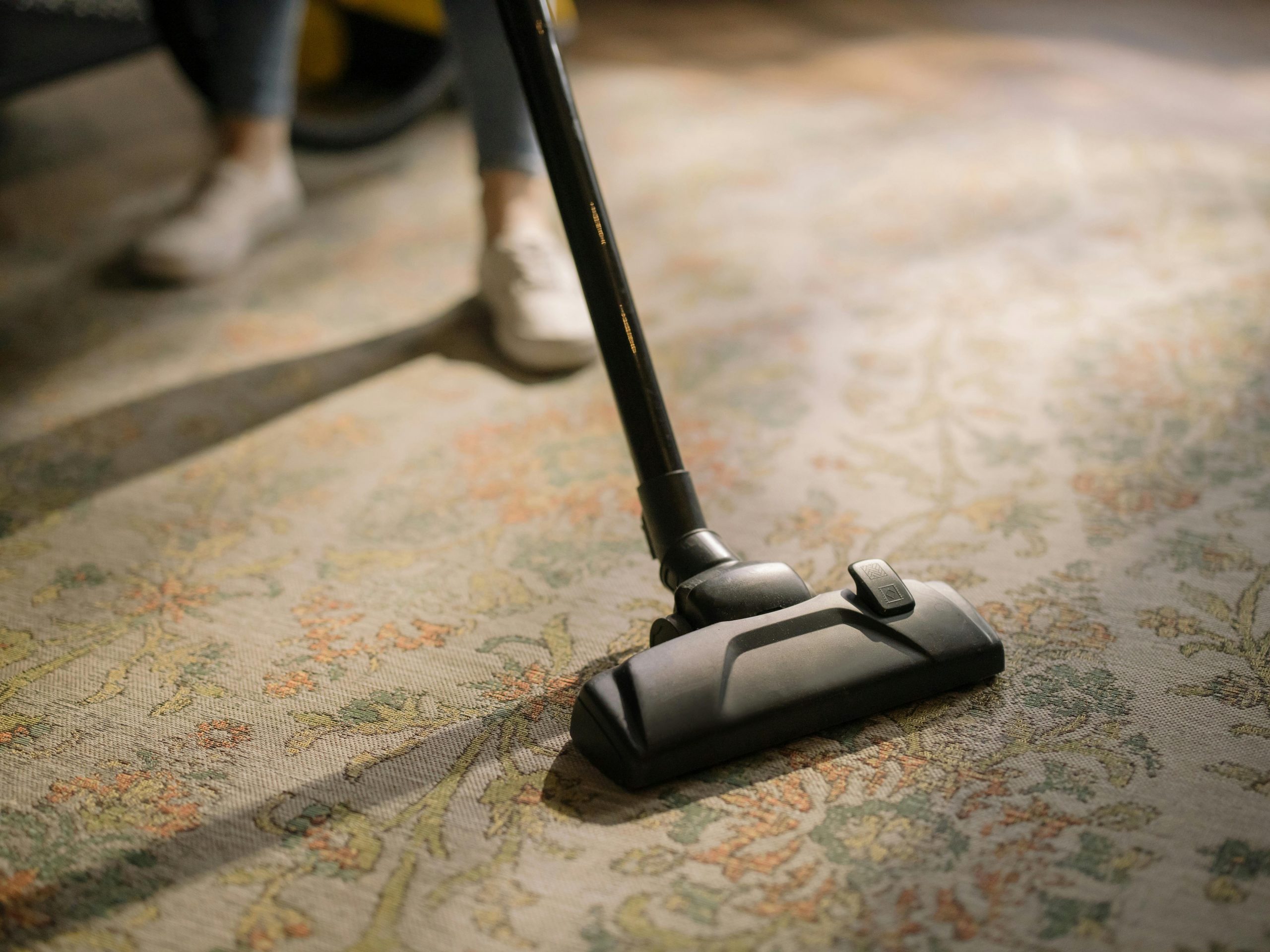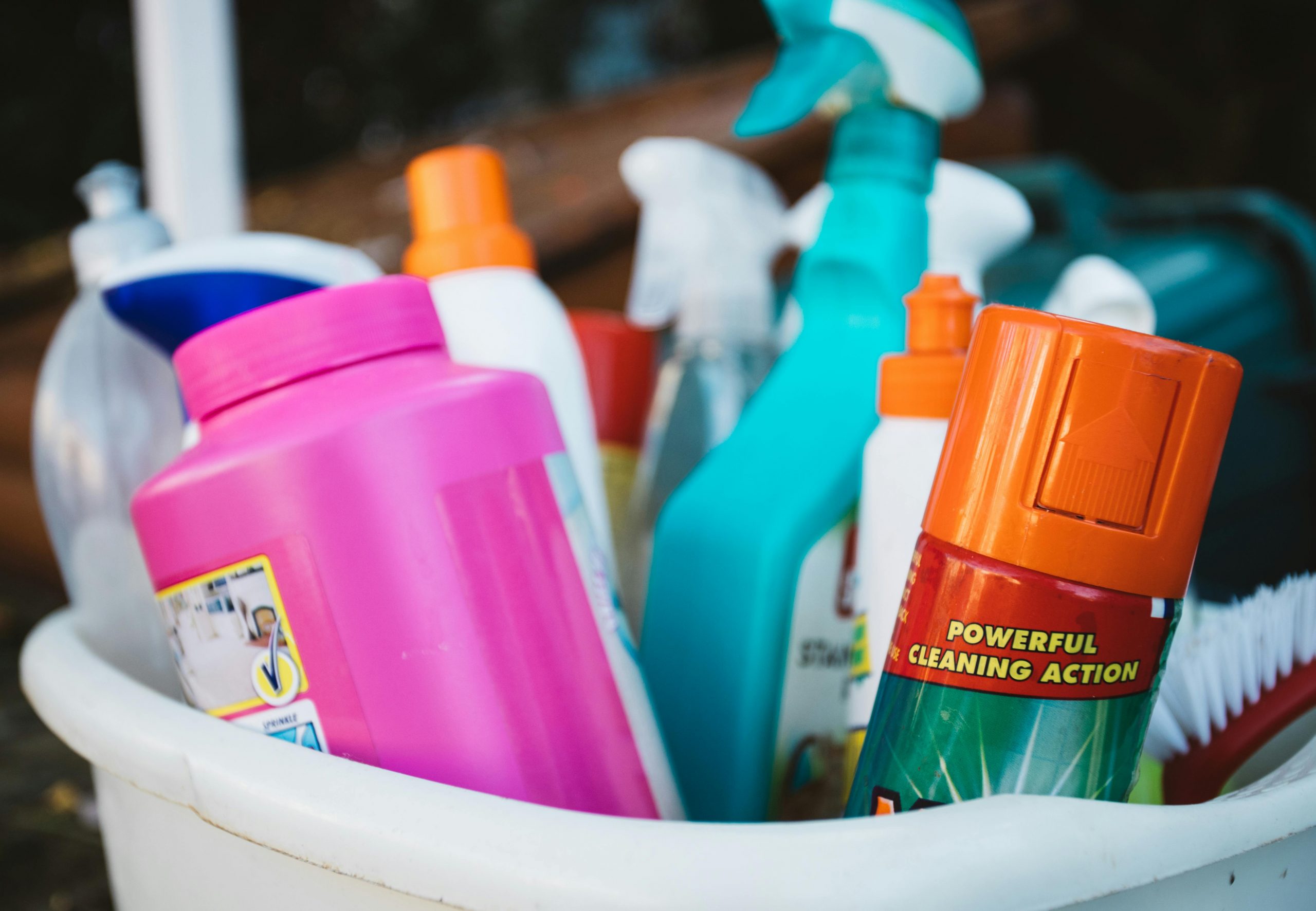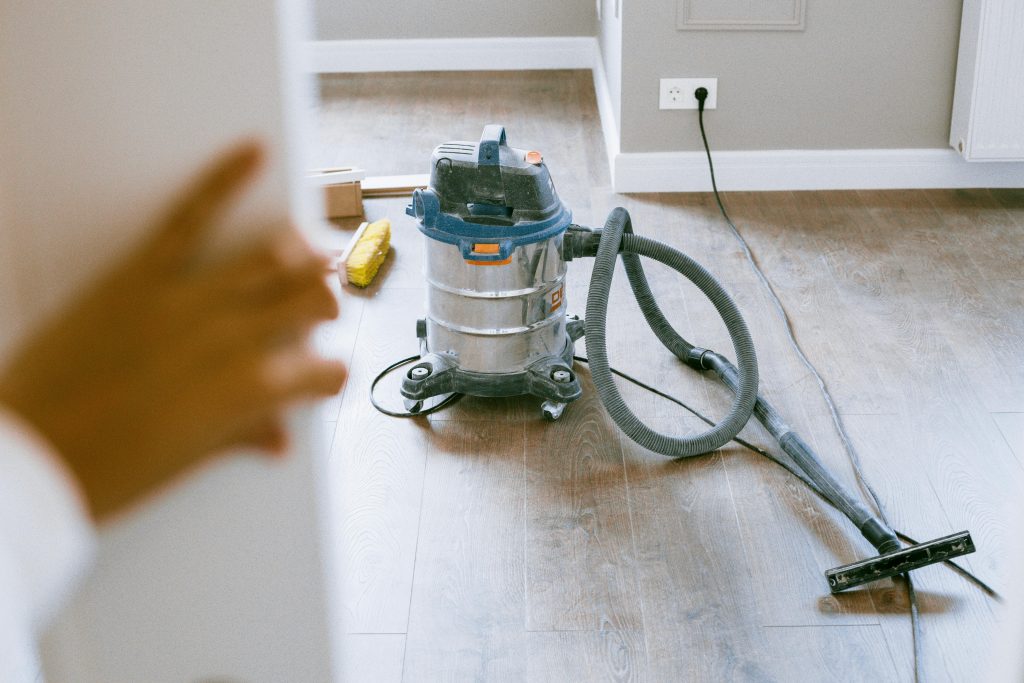- Highlights
- 1. Establish Daily Cleaning Habits
- 2. Room-by-Room Maintenance Tips
- 3. Implement Weekly Cleaning Routines
- 4. Organize to Reduce Mess
- 5. Involve the Whole Family
- 6. Use Time-Saving Cleaning Tools & Products
- 7. Manage High-Traffic & Problem Areas
- 8. Preventive Cleaning Habits
- 9. When to Call Professional Help
- Conclusion
Highlights
- Small, consistent daily habits prevent mess from piling up and make deep cleaning easier.
- Room-specific maintenance helps tackle high-traffic and problem areas efficiently.
- Weekly routines and organizational systems reduce stress and clutter.
- Family involvement creates shared responsibility and teaches kids valuable habits.
- Using time-saving tools and products makes cleaning faster and more efficient.
- Preventive habits like immediate spill cleanup reduce long-term dirt buildup.
- Professional cleaning services can complement home maintenance when needed.

Maintaining a clean home can feel like a never-ending task, especially for busy families. Even after a thorough deep cleaning, messes seem to reappear almost immediately—crumbs on the kitchen floor, fingerprints on windows, or toys scattered in living areas. It’s easy to feel overwhelmed when you try to juggle work, school schedules, and family life while keeping your home spotless.
However, staying on top of cleaning between deep sessions doesn’t have to be stressful. The key is implementing daily, weekly, and preventive habits that keep your space tidy without requiring hours of effort every day. By following a structured approach, families can enjoy a clean and comfortable home, reduce stress, and make deep cleaning less daunting when the time comes.
In this guide, we’ll walk you through practical strategies for maintaining a clean home between deep cleanings, from daily habits and room-by-room tips to organization strategies, family involvement, and time-saving tools.
1. Establish Daily Cleaning Habits
Consistency is crucial when it comes to home maintenance. Daily habits may seem small, but they prevent clutter and mess from snowballing into an overwhelming problem.
Daily Tasks to Stay on Top of Cleaning
- Make beds each morning: A neatly made bed instantly makes bedrooms feel tidier and sets a productive tone for the day.
- Wash dishes or load the dishwasher after meals: Leaving dishes overnight can create odors and increase your cleaning workload later.
- Wipe kitchen counters and dining tables daily: Regularly cleaning surfaces prevents crumbs, spills, and sticky residues from accumulating.
- Quick nightly sweep of high-traffic areas: A 5-10 minute sweep or vacuum can make a huge difference in common areas like living rooms, kitchens, and entryways.
- Declutter surfaces: Keep countertops, coffee tables, and other flat surfaces free of unnecessary items to make daily cleaning quicker.
Tips for Making Daily Habits Stick
- Keep cleaning tools accessible, such as microfiber cloths, sprays, and small hand vacuums.
- Set reminders or alarms to encourage consistency.
- Turn daily cleaning into a family routine, like tidying together before bedtime.
2. Room-by-Room Maintenance Tips
A targeted approach works best. Each room has specific challenges and habits that help maintain cleanliness between deep cleans.
Kitchen
- Wipe counters and stovetops daily to prevent grease and crumbs buildup.
- Clean spills in the fridge and pantry promptly to avoid stains and odors.
- Take out trash regularly and sanitize bins weekly to reduce bacteria and smells.
- Organize cabinets and drawers to keep utensils and appliances easy to access and prevent clutter.
Bathrooms
- Wipe sinks and faucets after use to remove toothpaste, soap, and water marks.
- Squeegee shower walls and doors to prevent soap scum and hard water stains.
- Replace or rinse bath mats weekly to keep floors hygienic.
- Disinfect high-touch areas such as doorknobs, toilet handles, and light switches.
Living Areas
- Tidy clutter daily, including toys, books, and magazines.
- Vacuum or sweep high-traffic areas like entryways and hallways.
- Dust surfaces lightly to prevent accumulation and make weekly deep dusting easier.
- Fluff and rotate cushions to maintain furniture appearance and comfort.
Bedrooms
- Keep clothes folded or in hampers to prevent piles on chairs and floors.
- Rotate and tidy bedding weekly, including sheets, blankets, and pillowcases.
- Use under-bed storage for toys, shoes, or seasonal items to reduce visible clutter.
3. Implement Weekly Cleaning Routines
Daily tidying prevents mess, but weekly maintenance tackles areas that accumulate dirt more slowly but steadily.
Recommended Weekly Tasks
- Vacuum all rooms thoroughly, including under furniture.
- Mop hard floors to remove dust and grime that sweeping can’t.
- Clean mirrors and windows in high-traffic areas to maintain shine.
- Wipe down appliances, including the exterior of the microwave, fridge, and dishwasher.
- Wash bedding and towels to maintain hygiene.
- Dust light fixtures, shelves, and baseboards to prevent buildup.
Consistency is key. Scheduling a set day each week for these tasks helps them become part of your routine.
4. Organize to Reduce Mess
Clutter is one of the biggest obstacles to maintaining a clean home. Organizing your space reduces cleaning time and helps everyone in the household stay on track.
Organization Tips
- Use baskets, bins, and storage cubes for toys, books, and household items.
- Label storage areas to help family members know where things belong.
- Implement a “one in, one out” rule for clothes, toys, and other items to prevent excess.
- Return items to their proper place immediately rather than setting them aside for later.
Quick Organization Hacks
- Store everyday items near their point of use for efficiency.
- Keep a small basket in each room for items that belong elsewhere, and return them daily.
- Use multi-purpose furniture with hidden storage to reduce visible clutter.
5. Involve the Whole Family
Maintaining a clean home is easier when everyone contributes. Family involvement not only reduces stress for the primary cleaner but also teaches kids responsibility and organization.
Ways to Engage Family Members
- Assign age-appropriate chores: Younger kids can put away toys, while older children can sweep or help with laundry.
- Make cleaning fun: Use timers, play music, or turn tasks into friendly challenges.
- Rotate responsibilities to keep chores balanced and fair.
- Reward consistency: Small incentives like stickers, praise, or extra screen time can motivate children.
Chore Ideas by Age
- Toddlers: Pick up toys, wipe small surfaces.
- Elementary: Fold laundry, load dishwasher, sweep floors.
- Teens: Vacuum, mop, clean bathrooms, take out trash.
6. Use Time-Saving Cleaning Tools & Products

Having the right tools and products makes cleaning easier and faster. Investing in time-saving solutions pays off in both effort and results.
Recommended Tools
- Multi-surface sprays and disinfecting wipes for quick wipe-downs.
- Handheld or robotic vacuums for daily maintenance of high-traffic areas.
- Steam cleaners for floors, bathrooms, and tiles.
- Microfiber cloths for dusting and streak-free surfaces.
- Organized cleaning caddies to keep supplies portable.
Efficiency Tips
- Keep commonly used items in accessible locations for easy touch-ups.
- Use tools that serve multiple purposes to reduce clutter and storage needs.
- Schedule short cleaning sessions with these tools to maintain momentum.
7. Manage High-Traffic & Problem Areas
Certain parts of the home are prone to dirt and clutter. Focusing on these areas reduces stress and keeps your home looking polished.
High-Traffic Zone Strategies
- Entryways: Place mats, shoe racks, and coat hooks to catch dirt and keep shoes organized.
- Kitchens: Tidy countertops daily and store frequently used items in accessible areas.
- Kids’ rooms: Encourage daily toy cleanup and organized play zones.
- Bathrooms: Keep toiletries organized in bins or caddies and sanitize surfaces regularly.
Quick Tips for Problem Areas
- Use washable rugs or runners in high-traffic hallways.
- Invest in storage bins for frequently used items to reduce clutter.
- Rotate and launder frequently used textiles like bath mats or throws.
8. Preventive Cleaning Habits
Prevention reduces the need for frequent deep cleaning. Small habits make a lasting impact on home cleanliness.
Preventive Tips
- Clean spills immediately to avoid stains and sticky residues.
- Wipe down counters and tables after each use.
- Use placemats, trays, or coasters for meals and drinks to protect surfaces.
- Rotate and launder linens, towels, and bedding regularly.
- Encourage family members to adopt these habits as part of daily routines.
9. When to Call Professional Help
Sometimes, despite best efforts, home maintenance requires outside assistance. Professional services can complement your efforts and tackle tasks that are difficult to manage on your own.
Professional Cleaning Situations
- Seasonal deep cleans (spring or fall) for thorough home maintenance.
- Carpet, upholstery, and rug cleaning that requires specialized equipment.
- Window cleaning, particularly high or hard-to-reach windows.
- Air duct or HVAC cleaning to improve air quality and reduce dust.
Hiring a commercial cleaning company with good reviews for specific tasks ensures professional results while letting you focus on daily maintenance and family time.
Types of Professional Services to Consider
- House cleaning services for regular or one-time deep cleaning.
- Specialized cleaning for carpets, upholstery, or tile and grout.
- Move-in/move-out or post-construction cleaning.
- Seasonal or holiday prep cleaning.
Conclusion
Maintaining a clean home between deep cleanings doesn’t need to be stressful or time-consuming. By incorporating small daily habits, room-specific maintenance, weekly routines, and preventive measures, families can enjoy a tidy, organized home without feeling overwhelmed.
Involving the entire household, using efficient tools, and managing high-traffic areas further simplifies the process. And when needed, professional cleaning services can complement your efforts, ensuring that your home stays fresh, healthy, and welcoming year-round.
The key takeaway: consistency, organization, and teamwork make home maintenance achievable and even enjoyable. A clean, comfortable home is not just about appearances—it’s about creating a healthier, more peaceful environment for your family.
